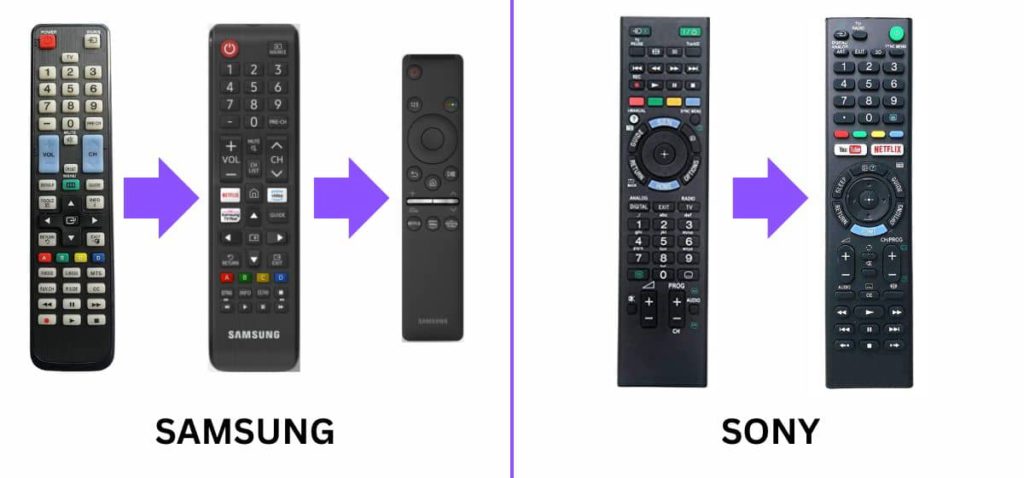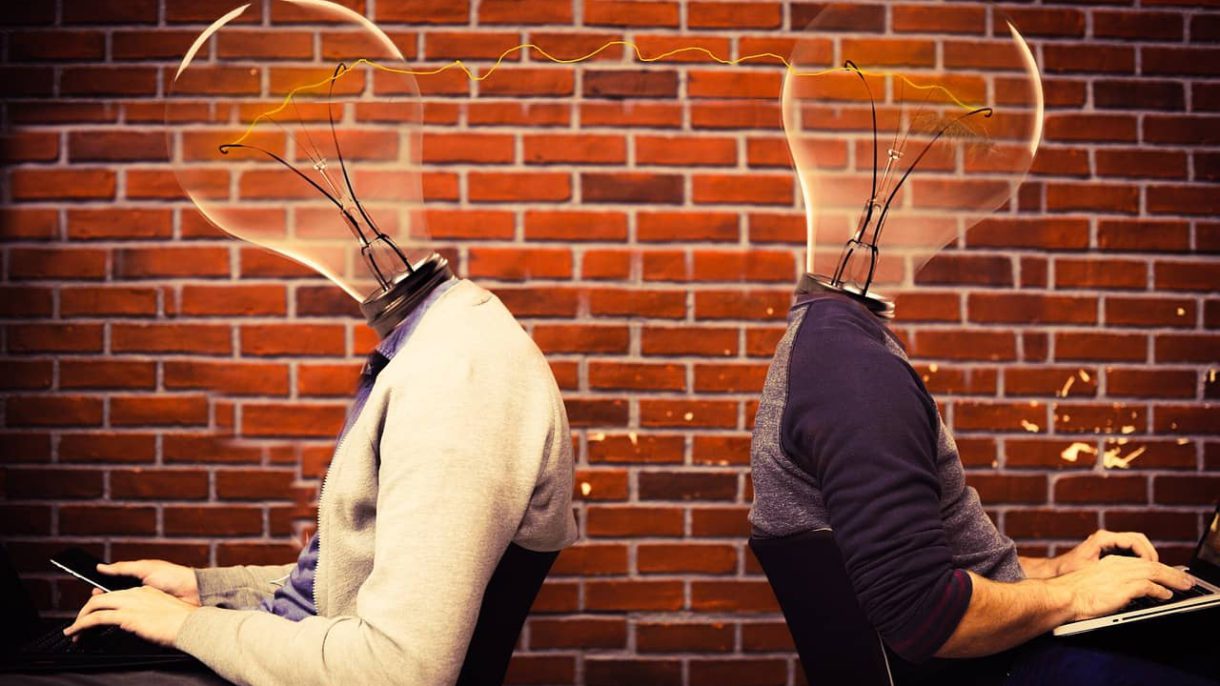I use both Samsung and Sony TVs at my place. Both Sony and Samsung are well-known consumer electronics companies that offer a wide range of TVs, each with its own remote control. Both TVs have their own set of pros and cons – but Im not going into all that. The reason Im writing this article is that the remote control modules of both these TVs offer a lesson in design thinking approach. I want to share this lesson with you, my dear reader. So that you can appreciate and perhaps apply these concepts to your own work.
The issue with remote controls
Let us try to jot down the issues that users face with remote controls. There are a few common issues that people often have with remote controls:
- Complexity: Many remote controls have a large number of buttons and functions, which can be confusing and overwhelming for some users.
- Size: Remote controls can be large and awkward to hold, especially for people with small hands or mobility issues.
- Durability: Remote controls are often subjected to wear and tear, and the buttons can become worn or broken over time.
- Batteries: Remote controls often require batteries, which can be inconvenient if the batteries run out at an inopportune time.
- Compatibility: Different devices often require different remote controls, which can be confusing and inconvenient for users who have multiple devices.
- Lost or misplaced: It is easy to misplace a small remote control, which can be frustrating if you need to use it to access certain functions on your device.
- Interference: Remote controls can sometimes interfere with other electronic devices, causing them to malfunction.
Design thinking can be used to address some of these issues by focusing on the needs and desires of the people who use remote controls, and coming up with innovative solutions that are simple, durable, and easy to use.
What is design thinking approach?
Design thinking is a problem-solving approach that involves empathy, creativity, and experimentation to come up with innovative solutions to complex problems. It is often used in the design of products, services, and experiences, but it can also be applied to a wide range of other fields and industries. The goal of design thinking is to come up with novel and useful ideas that meet the needs and desires of the people for whom they are intended, while also taking into account technical and business constraints. To do this, design thinking typically follows a structured process that includes:
- Empathize: Understand the needs and desires of the people for whom you are designing.
- Define: Identify the problem you are trying to solve and define it in a clear and concise way.
- Ideate: Generate a large number of ideas for solutions to the problem.
- Prototype: Create a physical or digital representation of one or more of your ideas.
- Test: Gather feedback on your prototypes and iterate based on what you learn.
Design thinking can be an effective way to approach complex problems because it encourages an open-minded and iterative approach to problem-solving. It also places a strong emphasis on understanding the needs and desires of the people who will be using the solution, which helps to ensure that the final product is useful and relevant.
Why design thinking was required in TV remotes?
The technology in entertainment industry has shifted from set-top box channel-based viewing to streaming platform-based viewing. People are now more accustomed to binge-watching Netflix or Amazon Prime rather than to wait for new episode of a serial drama. This is particularly true of the young generation. All related to patience, I believe. But nevertheless, things have changed inevitably. Therefore, a rethink was necessary in TV interface as well as remote design.
Sony versus Samsung TV remotes
So, with the advent of streaming platforms, changes were required in remote controls and TV interface. It is worth noting here, that TV remotes are generally not the deciding factor for a customer to choose a particular brand of TV. There are hundreds of more important factors such as picture quality, sound quality, price point, service, etc. The list goes on. Now coming to the differences. Sony’s design change is simple – just a couple of buttons added. One for YouTube and the other for Netflix. There are a couple of orientation changes such as the number pad has been shifted up. But nothing major.

Samsung TV remote on the other hand, went through two iterations. In the first iteration, they tried almost the same approach that Sony took. Added a few white buttons for Amazon Prime and Netflix. But look at the next iteration. They completely removed all the buttons and gave it a new, unique feel with the round navigation button in between. This navigation button works seamlessly with the TV’s on-screen interface so that a user can navigate to the appropriate app and select easily. Volume and channel controls are based on UP and DOWN toggle – which feel intuitive. Infact, one can perform all necessary functions using the navigation, volume and channel selection buttons. There is a mic button as well which helps to deliver voice control. It can also be used with Alexa or Google home – whichever you may have configured in your TV.
Why I feel Samsung has applied better design thinking approach
All in all, I feel Samsung has deployed a better design thinking approach compared to Sony TV. Although Sony had the advantage of having a gaming business already. Remember the PlayStation? But seriously, Samsung did a better job. So much so, you don’t even have to look at the remote to navigate on the screen. Just looking at the screen is enough. Very intuitive feel.
What do we learn from design thinking approach?
This case observation between Samsung and Sony teaches us how we can radically change customer experience with the help of design thinking. We can have multiple iterations in our approach. But the key is to constantly relook, re-think and re-design our offerings. Ultimately the customer is the best judge of our efforts. Better make it worthwhile for them.


